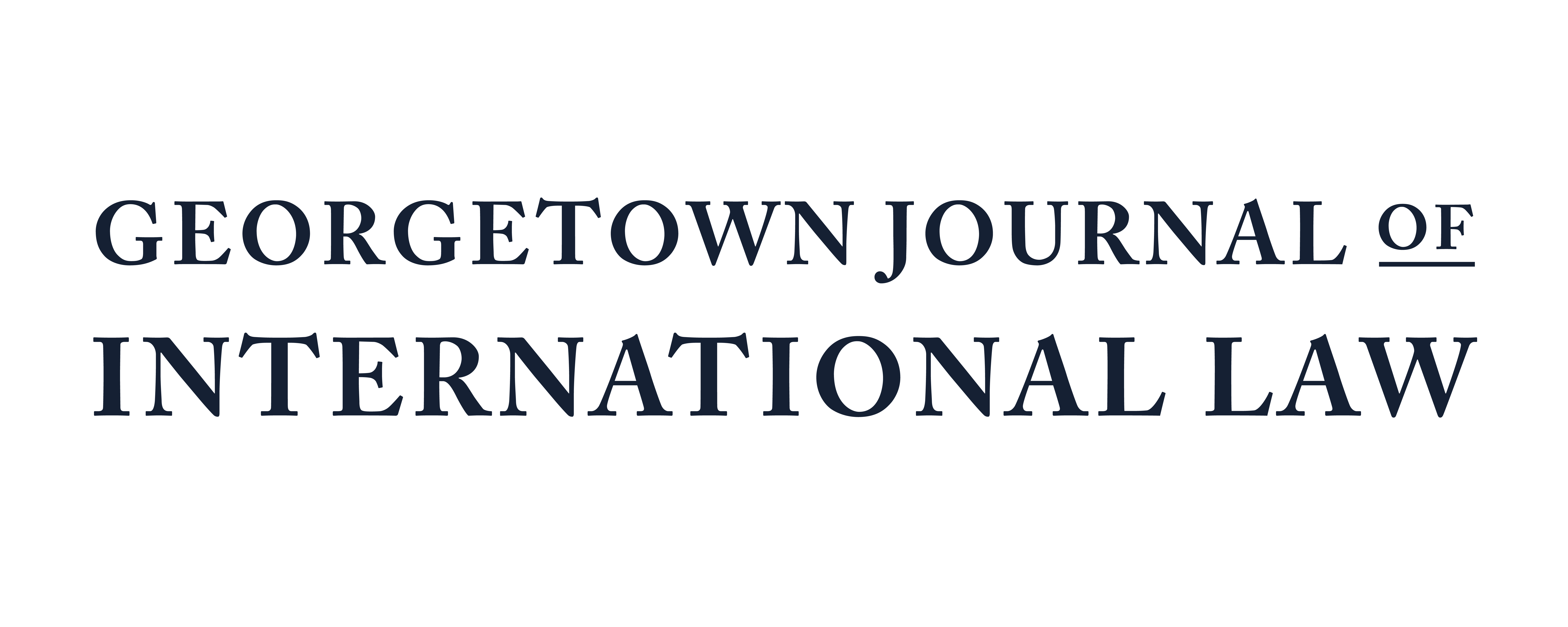Adolescent HIV Prevention in Sub-Saharan Africa: Centering Comprehensive Sexuality Education in Communities
November 6, 2023 by Editor

Kimberly Farmer - Unsplash
By Eunice Naffie Mustapha LL.M’23
According to the African Union and the African Charter on the Rights and Welfare of the Child, everyone has the right to health in Africa, including adolescents. The right to health covers sexual and reproductive health. Further, the United Nations Sustainable Development Goal 3: “Ensure Healthy Lives and Promote Well-being for all at all Ages,” strives to achieve equitable access to essential health care for all, at all ages. Yet, sub-Saharan Africa, which has one of the world’s largest adolescent populations of over 226 million, continues to battle an adolescent HIV crisis. The Joint United Nations Programme on HIV/AIDS (UNAIDS) reports that in 2022, 3,100 out of the 4,000 adolescent girls and young women who contracted HIV weekly lived in sub-Saharan Africa.
This piece postulates that sex education is key to achieving the right to health in sub-Saharan Africa, especially in light of the ongoing adolescent HIV crisis. Yet, sex education has been met with resistance in this region. This piece delineates a practical path to exercising the right to sexual health in Sub-Saharan Africa that emphasizes a community-centered approach to sex education.
The Right to Health vs. Cultural Norms
The World Health Organization advocates for access to the highest attainable standard of health, including the sexual health of adolescents. In 2018, in partnership with the United Nations Population Fund, it published the International Technical Guidance on Sexuality Education (ITGSE) to be used globally as a practical tool to deliver evidence-based Comprehensive Sexuality Education (CSE) to young people. CSE is the teaching of scientifically accurate information relating to human development, anatomy, and reproductive health. Using an age-appropriate approach, CSE aims to empower young people to make informed decisions and avoid HIV and other STI infections. Yet, CSE has been the subject of misinformation in sub-Saharan Africa, including the myth that it encourages and normalizes teenage sex. The sentiment of sub-Saharan African populations toward CSE is encapsulated in the oft-repeated phrase: “It is not our culture.” This skepticism toward CSE has impeded the effective implementation of the ITGSE. The question begs to be asked—when cultures clash with the right to health, which should prevail?
Teaching CSE through Authentic Community Engagement
CSE in sub-Saharan Africa should move beyond written technical guidelines and meet the people where they are at. Preventing adolescent HIV infections in this region should not be an isolated venture that only leans on public health practitioners or school teachers. It requires a whole-of-community intervention in line with the ITGSE. Sub-Saharan populations place a lot of importance on maintaining a lineage and preserving strong intergenerational ties. Our cultures emphasize respect for elders and keeping our heritage alive. How can we leverage these values to deliver CSE in a manner that resonates with local populations?
Centering CSE around communities through authentic community engagements is what is needed to prevent adolescent HIV. Communities already possess a host of resources that can be engaged in the implementation of CSE. This requires partnering with traditional leaders, faith-based and community organizations, parents and family members, and other community stakeholders to let them become the voice of the campaign for adolescent HIV prevention.
When approached with a local context in mind, sex education is not a strictly Western concept. Indeed, different African cultures teach some strands of it through relatives like aunties, uncles, and grandparents who employ a variety of approaches like storytelling, circumcision songs, and other traditional ceremonies. There is an opportunity to build on what already exists to creatively but also accurately communicate the teachings contained in CSE. Localizing CSE should lean on using words and images that adolescents can relate to. It might require translating sex education materials, adapting them to incorporate local words, and replacing images to make them more relatable to adolescents from various countries.
Conclusion
In promoting adolescent HIV prevention in sub-Saharan Africa, our ‘whats’ and ‘whys’ are well set out. What we need today are proper ‘hows.’ Developing the technical know-how to propel action towards attaining a high standard of sexual health is of utmost importance. We can advance the international right to health and the implementation of the ITGSE in promoting CSE by centering CSE for adolescents in communities in sub-Saharan Africa.
Eunice Naffie Mustapha is an alumna of Fourah Bay College, University of Sierra Leone, the Sierra Leone Law School, and has an LL.M. in National and Global Health Law and a Certificate in International Human Rights Law from Georgetown University Law Center. She is currently a Senior Public Health Law Fellow at the Centers for Disease Control and Prevention, participating in the Oak Ridge Institute for Science and Education (ORISE) Research Program. The views expressed are her own and do not necessarily represent the views of the Centers for Disease Control and Prevention or the United States Government. You can reach her via LinkedIn or Twitter.

